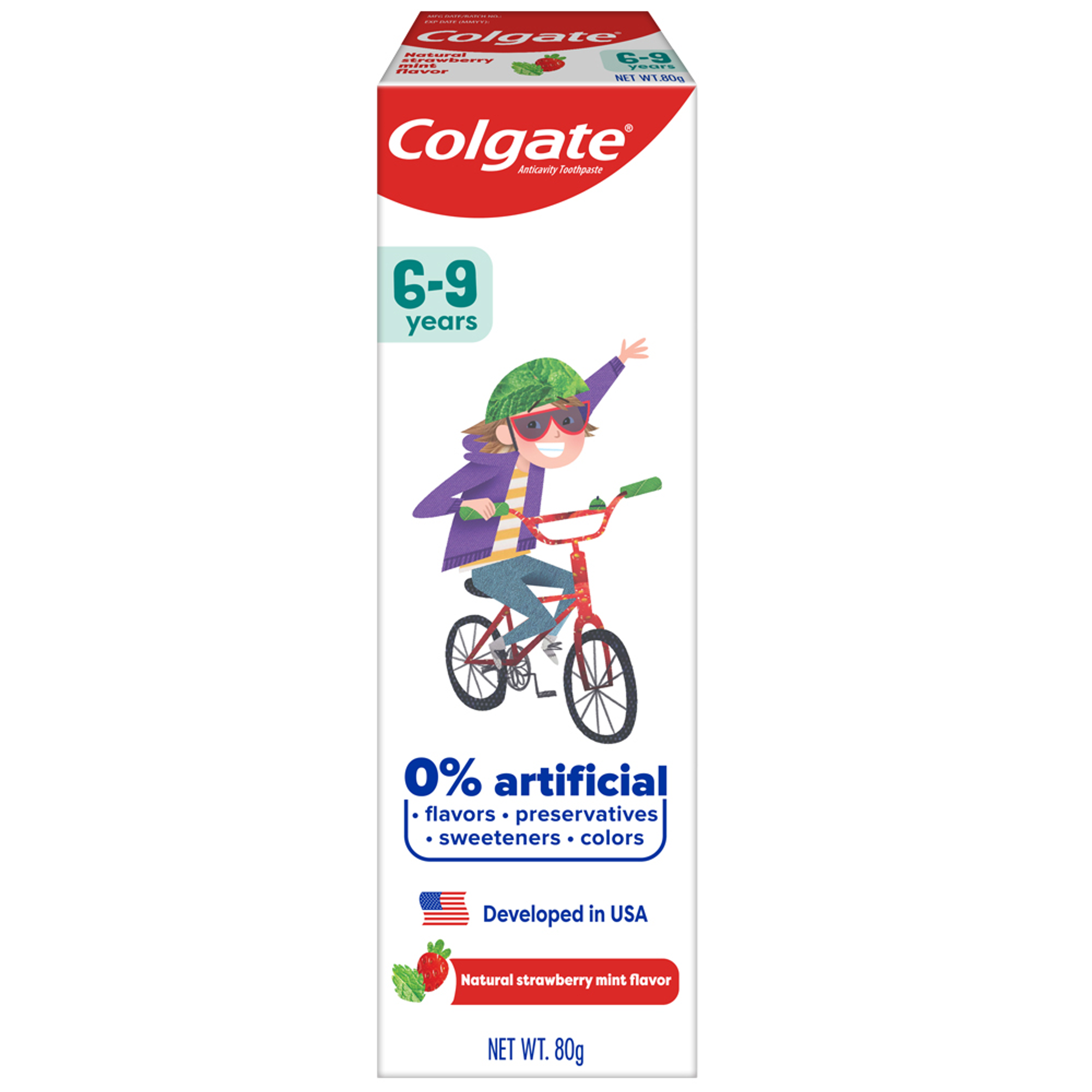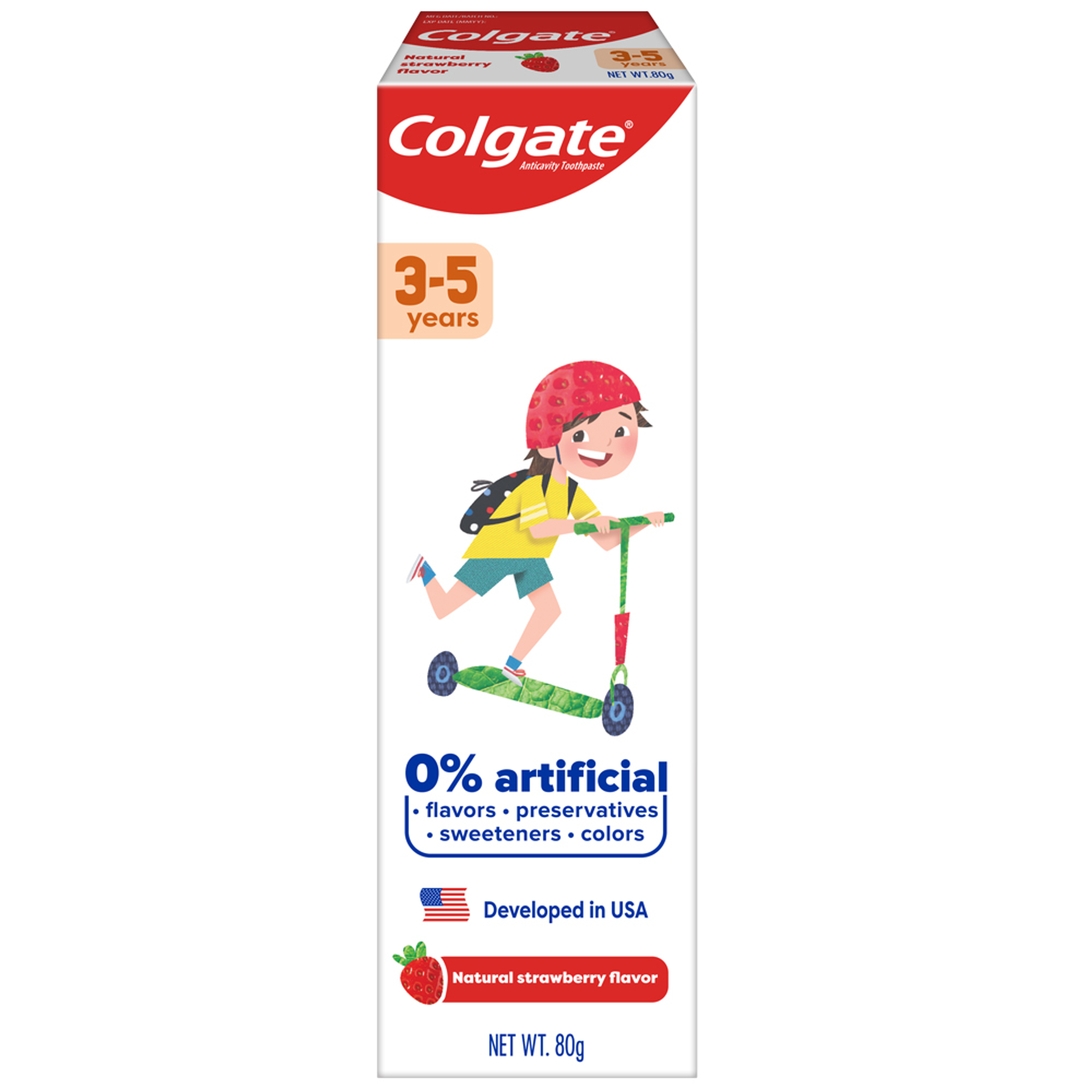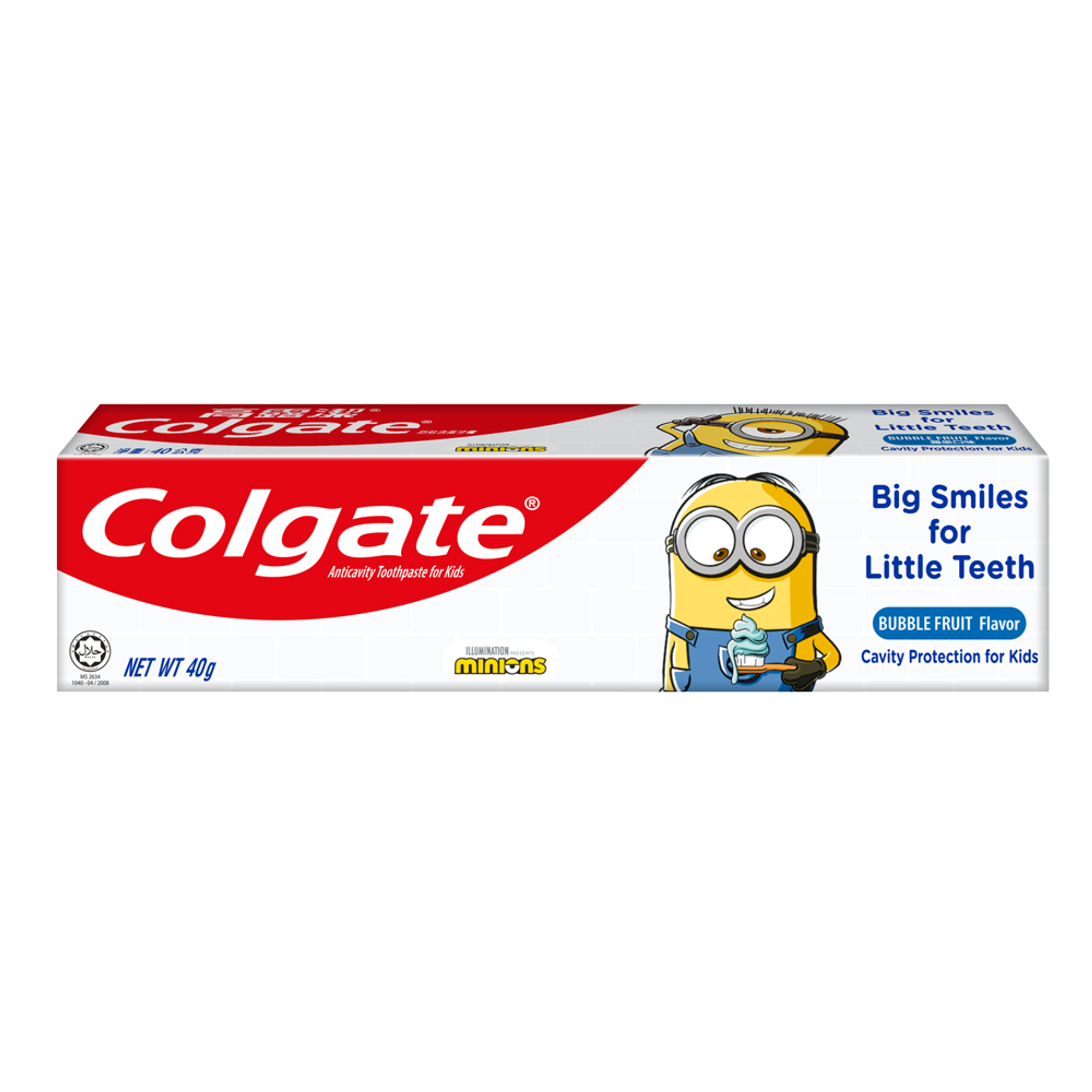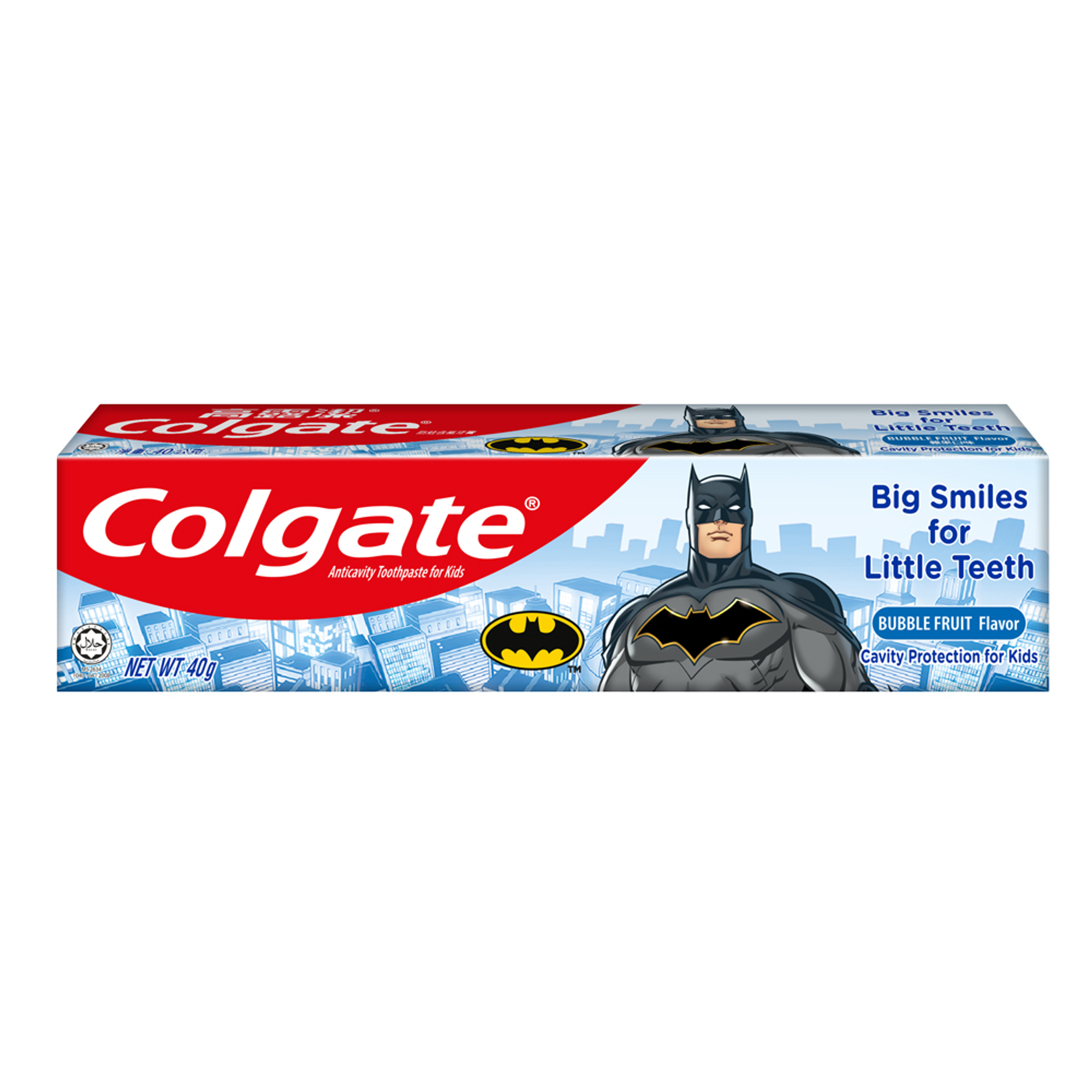- Oral Health and Dental Care | Colgate®
- Oral Health
- What Causes White Spots On Baby Teeth?


Decay and Cavities
Baby teeth white spots are often one of the first signs of tooth decay in children. As a parent or caregiver, we understand that this can sound alarming. You're probably wondering how your child's baby teeth could have decay. What's most important is understanding and improving your child's oral care practices and seeing a dental professional for treatment as soon as possible.
These white spots can appear along your child's gumline as a chalky, pale color. If the decay continues, they will eventually turn brown or yellow. The good news is that, at this point, the decay is still reversible! Your child's dental professional will clean any plaque and tartar off your child's enamel and most likely provide a gentle fluoride treatment.
By incorporating fluoride early on in your child's dental care routine, you'll help strengthen their teeth' enamel. Enamel is the outer layer of teeth that guards against further decay. It prevents bacteria from producing acid that will wear away the tooth's outer surface, allowing plaque to build up and, eventually, cavities to form.
Fluorosis
Unfortunately, sometimes you can have too much of a good thing. There's no doubt that fluoride is an essential mineral to incorporate into your child's life through drinking tap water and using toothpaste. But if overused, it can create a problem.
White spots on your toddler's teeth can signify their mouth had overexposure to fluoride. Known as fluorosis, it's a cosmetic issue that occurs when babies or young children ingest too much fluoride while their teeth are still forming under their gums. Often, the white marks on baby teeth caused by fluorosis are barely visible and, if noticeable, usually look blotchy or streaky.
Nonetheless, there's a silver lining when it comes to fluorosis. It may help teeth be more resistant to decay, as noted by the American Dental Association (ADA). Although fluorosis is usually not harmful to children or their teeth, you should take action to make sure your child is ingesting the appropriate amount of fluoride. To prevent fluorosis, the ADA recommends the following steps:
- Breastfeed (if possible) until your child is at least six months old.
- Check your area's public drinking water source to confirm it doesn't exceed 2 parts per million.
- Ensure your child doesn't swallow toothpaste when you brush their teeth. Use an amount of toothpaste that equals the size of a grain of rice up until your child is three. Between ages three and six, use a pea-size amount.
- Do not give your child fluoride supplements unless prescribed by a dental or medical professional.
- Don't incorporate mouthwash that contains fluoride into your child's oral care routine until they are at least six years old.
Whether the white spots on your child's smile form because of too much fluoride or are the beginning signs of tooth decay, they're often noticeable (by you or their dental professional) early enough that you can do something about them! So, if you notice a white spot on your child's teeth, it requires immediate attention.
Fluorosis is a cosmetic issue and does not indicate the health and strength of your child's smile. Tooth decay is a more severe issue. We recommend prompt treatment from a dental professional who can also teach you and your child best practices for brushing, ways to avoid added sugars in their diet, and other anti-cavity lifestyle habits. All children deserve a healthy smile that they're proud of. By attending to these white spots, your child will benefit from learning excellent oral care habits they can put into practice for years to come!
Related Products

Helping dental professionals
More professionals across the world trust Colgate. Find resources, products, and information to give your patients a healthier future













